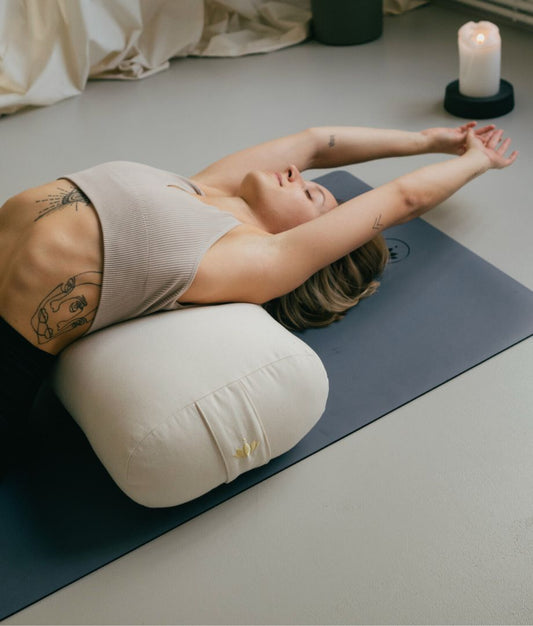
Set-Offers
Save when you buy a set
Shopping cart
Your shopping basket is empty
Yoga
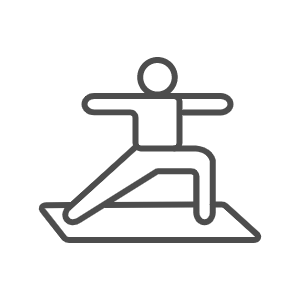
Meditation
Yoga Sets
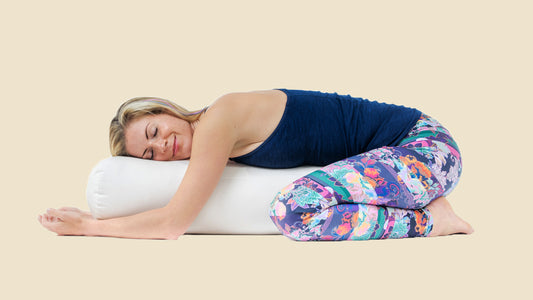
| Yin Yoga
Yoga that gets under your skin: In Yin Yoga, positions are held for up to 5 minutes and thus have an effect on the deep connective tissue in your body. An essential aspect is the balance of yin and yang.
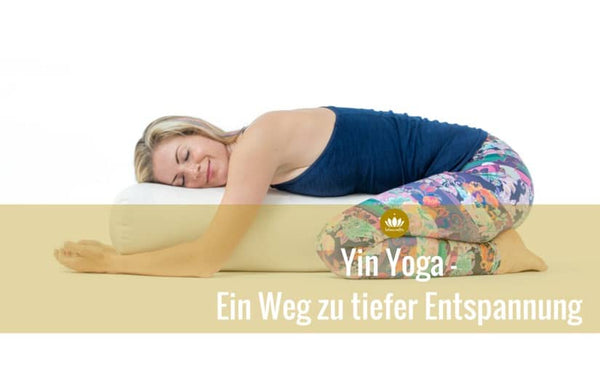
While our everyday life is very fast and active (= yang), yin yoga is the ideal balance to relax after a turbulent day. In addition, this yoga style is a perfect complement to the more active yang yoga practice, where you use your muscles more. With Yin Yoga you can be completely passive and let go. Immerse yourself in the benefits of slowness and the stillness of yin!
What is Yin Yoga
Origin & History
Yin and Yang - the inseparable couple
Meridians & Chi in Yin Yoga
Typical yin yoga asanas
Book tips & DVDs
Yin Yoga with Helga Baumgartner
Restorative Yoga - the difference to Yin Yoga
Hatha yoga refers to the powers of the sun (ha) and moon (tha). In the Taoist tradition, where the roots of Yin Yoga lie, one speaks of Yin and Yang. These forces are also at work in our bodies. Yin Yoga should help to bring these aspects into a healthy balance.
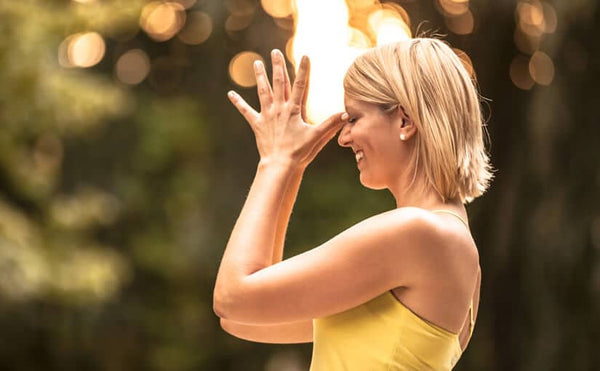
The yin-oriented part of the yoga practice is therefore slow, mindful and calm, while the yang-oriented yoga is primarily dynamic, active and invigorating. However, the archetype of our modern yoga can be found in the gentle stretching and the long stay in the asanas, the conscious self-awareness and the free flow of the breath.
The yin positions are held for 3 to 5 minutes. During this time it means "doing nothing", surrendering to the attitude and letting go. This gentle way has a great effect on your body:
Maybe Yin Yoga is even the mother of Hatha Yoga? Already in the Hatha-Yoga-Pradipika (HYP) - one of the most well-known classical yoga writings - some yin postures are described to prepare the body for meditation. However, the perfect balance of yin and yang was already known in the old writings, and so the second half of the HYP is devoted to more powerful yang postures such as the forearm stand.
Although yin yoga has probably existed for many centuries, there is a history of "modern yin yoga" of sorts. It begins in an auto mechanic's shed in Montana, where Pauli Zink not only repaired cars, but also taught Taoist yoga . Paulie Zink was trained in Asian martial arts from an early age and his master Cho Chat Ling eventually appointed him his successor.
Paulie Zink's yoga was well received: the positions held for a long time, the infusion of the five elements and the yin and yang elements must have exerted a certain magic on people. This also applies to Paul Grilley , who saw a TV report about the extremely flexible martial artist in 1987 and contacted him.
Grilley was particularly enthusiastic about holding positions for a long time and became Paulie's student. In fact, Grilley previously taught yang-oriented yoga such as Ashtanga. He studied anatomy and finally had the idea of offering his own Yin Yoga classes, where he incorporated his knowledge of anatomy as well as insights from Dr. Hiroshi Motoyama, who has published extensively on the connections between chakras, meridians and human anatomy. Back then, Grilley called the whole thing Taoist Yoga .
A well-known student of Paul Grilley - Sarah Powers - finally came up with the idea of calling this gentle yoga style Yin Yoga. Sarah is also another interesting figure in Yin Yoga history as she combines Yin Yoga with components of Buddhist psychology.
An essential aspect of Yin Yoga is the balance of Yin and Yang. These are as different as a couple can be and yet inseparable.
The Taoist symbol Taijitu describes the two aspects that cannot exist without each other. Each half contains a part of the other half - and this is how you form a unit.
A traditional image is of a man picking rice: his back is to the sun (yang), his front is to the earth (yin). Yin and yang are relative - because they are related to each other and contained in each other. Either they are in balance or they are not.

Yin and yang also work in our body and in our thinking. Yoga aims to harmonize these forces.
Yin and Yang are mutually dependent. In our time, life is often very fast and active - so Yin Yoga is the ideal balance after a turbulent day.
In addition to the principle of the polarity of yin and yang, there is another important basis in the yin yoga tradition: the life energy that flows within us. This force, which is also called prana, chi or qi, is like a glue that holds our world together - inside and out. We humans have a physical body and, in the sense of yoga, four other energy bodies (Koshas), which are traversed by a network of energetic pathways. These channels are called meridians, in which the life energy flows.
The meridian system appears to be almost identical to the deepest layers of connective tissue. The flow of life energy is positively influenced by holding the positions for a long time. With Yin Yoga, there is the possibility of having a targeted effect on a specific meridian system and thus stimulating organs, emotions and the five elements that work in the body.
Yin yoga is mainly practiced while sitting or lying down. A yin yoga class can focus on one organ, or practice a mix to strengthen all elements and stimulate the flow of qi. The procedure is:
Do you want to try out some yin yoga asanas with instructions? Here, together with Helga Baumgartner, we show you the following Yin Yoga positions:
If you feel like practicing Yin Yoga at home with a DVD, we recommend the Yin Yoga DVD "The Foundations Of A Quiet Practice" by Paul Grilley.
Yin yoga sequences (90 and 60 minutes) can also be purchased on DVD from the online yoga platform YOGAMOUR.
We also have 3 book tips for bookworms
Helga completed her Yin Yoga training with the most well-known Yin teachers worldwide, including Paul Grilley and Sarah Powers. Helga embodies the gentle and mindful yoga practice like no other yoga teacher.
Wondering what restorative yoga is? An essential feature is that various aids are used for the yoga postures: blankets, pillows/cushions, blocks or yoga chairs. Anything that supports letting go is allowed. Restorative yoga is therefore primarily about relaxation and regeneration, while yin yoga is more about stretching and expansion as well as holding positions for a long time - and that can be exhausting at times.
Restorative yoga is ideal for people who need a very gentle practice, are ill or injured. The use of yoga props support the body to relax and allow postures that would otherwise not be possible.
Both Yin Yoga and Restorative Yoga slow down, are slower and gentler than yang-oriented yoga styles. It can happen that you practice maybe 10 positions in a 90-minute class. These yoga styles are therefore a beautiful way to look inward, slow down mental and physical activities, listen to your own breath and immerse yourself in deep relaxation. A real treat that is good for everyone. No matter whether you are a yoga novice, an experienced practitioner, an athlete or a senior.
Be Yin!
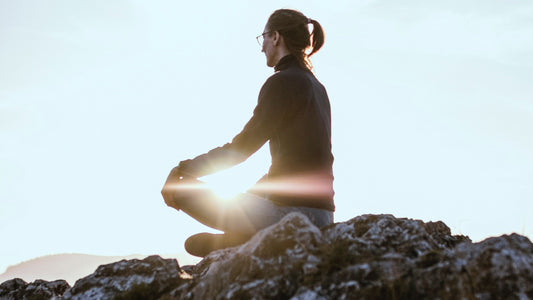
In meditation, the mind falls into deep concentration and accesses that quiet and peaceful mindfulness that is essentially always there. Body and...
Continue reading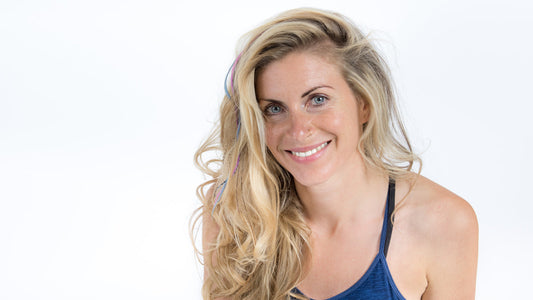
Yin Yoga - for us at Lotuscrafts, that means gentle relaxation and letting go, feeling your own body, looking inwards and escaping the rush of ever...
Continue reading
There are no comments yet. Be the first to leave a comment!